Hindenburg Airship. Image: Wikimedia
THE year of 1937 was marked by significant political unrest, escalating military conflicts, and groundbreaking advancements in culture. From the intensifying Spanish Civil War to the rapid expansion of Japanese influence in Asia, the year laid the foundation for events that would shape the course of World War II. Meanwhile, cultural milestones such as the opening of the Golden Gate Bridge captured the world's attention.
The stories from this year can be read about in an original 1937 newspaper ... Browse our archives and purchase your own today!
Turn the Page To:
January
February
March
April
May
June
July
August
September
October
November
December
The Biggest Stories of 1937
Cultural and Technological Advances
January
January 15: The March of Dimes was founded by President Franklin D. Roosevelt to combat polio, which was a growing concern in the United States.
January 20: Japan withdrew from the League of Nations following condemnation of its invasion of Manchuria, signaling its growing isolation.
January 25: The Spanish Civil War reached a brutal point with heavy fighting in Madrid as Republican forces continued to resist Nationalist advances.
January 29: The First Battle of Xuzhou began, one of the many clashes in the Second Sino-Japanese War that would define the conflict’s brutal trajectory.
January 30: The Japanese Imperial Army launched a full-scale attack on the Chinese city of Shanghai, marking a major escalation of the Sino-Japanese conflict.
January 31: The Soviet Union executed Nikolai Bukharin, a key figure in the Communist Party, as part of Stalin’s Great Purge.
February
February 14: The Japanese Imperial Army attacked Shanghai once more, fighting Chinese forces in the city as part of its ongoing military campaign.
February 19: The Spanish Civil War saw further escalation with fierce fighting around the city of Guadalajara, with Republicans putting up strong resistance.
February 26: Stalin initiated another purge within the Soviet military, executing or imprisoning several high-ranking officers in the Red Army.
February 28: The Spanish Civil War saw a significant loss for the Republican forces in the Battle of Jarama, though they managed to hold a critical position for several months.
February 28: The Italian fascist government of Benito Mussolini condemned Japan's actions in China but refrained from taking any significant diplomatic steps.
February 29: The Soviet Union began reasserting control over Eastern Europe, using aggressive tactics to maintain influence over its satellite states.
February 29: The French government officially denounced the air raids on Guernica as a violation of international law by the German and Italian air forces supporting Franco’s Nationalists.
March
March 15: The Spanish Civil War saw the Nationalist airstrikes on Guernica, a Basque town, resulting in widespread civilian casualties. This attack was later immortalized by Picasso’s famous painting.
March 18: King George VI of the UK addressed the nation, reassuring the public as tensions in Europe escalated with the rise of fascism in Germany and Italy. The UK government began increasing military readiness in response to growing threats from Nazi Germany.
March 24: Amelia Earhart and Fred Noonan disappeared while attempting to circumnavigate the globe, their plane vanishing over the Pacific Ocean during a flight near Howland Island.

Amelia Earhart. Image: Wikimedia
March 29: Republican forces in Spain, aided by international volunteers, repelled Nationalist troops in a significant counterattack at the Battle of Guadalajara.
March 30: The League of Nations officially condemned Italy’s ongoing invasion of Ethiopia, though this condemnation would lead to little concrete action.
March 31: The Spanish Civil War continued, with Nationalists achieving critical territorial gains in the southern regions of Spain.
April
April 17: The Spanish Civil War saw Republican forces engaging in the Battle of Huesca, an ongoing series of skirmishes that would contribute to Nationalist dominance in the region.
April 26: The German Luftwaffe, aiding Franco’s forces, bombed Guernica, a Basque town, resulting in extensive civilian casualties.
April 29: The Soviet Union executed prominent figures from the Old Bolshevik leadership during the purges under Stalin.
April 30: The Spanish Civil War saw Nationalist forces attempting to encircle Republican defenses around Madrid, a pivotal moment that would lead to an extended siege.
May
May 6: The Hindenburg disaster became a global news sensation when the German airship caught fire while attempting to land, killing 36 people on board.
May 9: The Spanish Civil War saw fierce battles in the northeastern front as Nationalist forces advanced toward Barcelona.
May 14: The Spanish Civil War continued with the Republican forces conducting a last-ditch defense of Madrid against Franco’s advancing troops.
May 20: The Battle of Shanghai ended with a Japanese victory, pushing Chinese forces out of the city and allowing Japan to solidify its control over much of eastern China.
May 22: Howard Hughes, the famous aviation pioneer, completed his record-breaking flight around the world, setting a new aviation record.
May 25: A major flood along the Mississippi River displaced thousands of families in the central United States, exacerbating the ongoing effects of the Great Depression.
May 28: The Golden Gate Bridge in San Francisco was officially opened to traffic, an engineering marvel that became the longest suspension bridge in the world at that time.

The Golden Gate Bridge. Image: Wikimedia
May 30: The League of Nations convened in Geneva to address the ongoing crises in China and Spain, though little effective action was taken.
June
June 9: The United States declared a policy of neutrality in the escalating conflict between China and Japan, avoiding direct involvement despite rising tensions.
June 14: The Great Flood of 1937 began to cause widespread destruction, particularly in Louisville, Kentucky, and surrounding areas, displacing thousands of families.
June 18: The Spanish Civil War continued with Nationalist forces making significant territorial gains in the north.
June 24: The Chinese Nationalist government in Nanjing called for greater international aid, though the global community largely remained indifferent.
June 30: Soviet Premier Joseph Stalin purged several high-ranking officials in his military leadership, continuing the systematic purge within the USSR.
July
July 7: The Marco Polo Bridge Incident took place, leading to the full-scale invasion of China by Japan and marking the beginning of the Second Sino-Japanese War.

The Marco Polo Bridge Incident. Image: Wikipedia
July 17: The Spanish Civil War saw Nationalist forces intensify their assault on Republican-controlled Madrid.
July 18: The Republican forces in Spain, despite receiving limited Soviet aid, faced significant losses as Franco’s Nationalists advanced.
July 23: The U.S. Senate passed the Neutrality Act of 1937, further restricting American support for foreign belligerents.
July 31: Soviet forces in Mongolia clashed with Japanese troops near the Khalkhin Gol River, marking the start of a border conflict between the two nations.
August
August 13: The Republican forces in Spain successfully held Brunete, though the victory was brief in the broader context of the conflict.
August 23: Howard Hughes completed the first round-the-world flight, setting a world record with his 91-hour journey.
August 30: The Spanish Civil War saw the Republicans once again forced to retreat in Catalonia as Franco’s Nationalists continued to gain ground.
August 31: The Japanese Imperial Army launched a large-scale assault on Nanking, further solidifying their dominance over eastern China.
August 31: Amelia Earhart’s disappearance was the subject of worldwide media coverage, sparking massive search efforts, though no trace of her was ever found.
August 31: The Spanish Civil War continued with Republican forces retreating in the northwestern region of Galicia, as Nationalist troops pushed forward.
August 31: The U.S. economy showed signs of improvement despite the ongoing Great Depression, with major industrial sectors beginning to recover.
August 31: Increased bombing raids on China by Japan became more frequent, especially targeting civilian populations, leading to growing international condemnation.
September
September 1: The Japanese Imperial Army advanced on Nanking, China, beginning a series of atrocities against the civilian population.
September 3: The International Brigades continued to fight for the Republican side in the Spanish Civil War, but Nationalist forces were gaining control.
September 21: Germany and Italy formally expressed support for Franco’s forces in Spain, escalating the international dimension of the conflict.
September 28: The Spanish Civil War saw Nationalists gain control of Madrid, marking a decisive turning point in the battle.
September 30: Japan signed a military alliance with Nazi Germany, forming the foundation for the Axis Powers in World War II.
September 30: The Soviet Union increased its military presence in Mongolia to bolster resistance against Japanese expansion in Asia.
September 30: Soviet Communism grew stronger across Europe, as the Soviet Union consolidated its power in Eastern Europe and bolstered its influence.
September 30: The Great Depression continued to affect countries across Europe, with many governments implementing strict austerity measures to curb their economic problems.
October
October 1: Japan declared war on China, launching a full-scale invasion that would later merge into the larger conflict of World War II.
October 16: Franco’s Nationalists completed the conquest of Madrid, marking a major defeat for the Republican forces.
October 30: The Great Depression persisted globally, particularly affecting unemployment rates in Europe and the United States.
October 31: The Spanish Civil War continued with increasing Nationalist victories, culminating in the complete control of the Iberian Peninsula.
October 31: The League of Nations failed to intervene effectively in the conflict between Japan and China, signaling the organisation's growing ineffectiveness in global diplomacy.
November
November 9: The Soviet Union celebrated the 20th anniversary of the Bolshevik Revolution with grand parades and speeches in Moscow.
November 23: The Great Depression led to protests across Europe as workers demanded better conditions and governments failed to address the economic issues.
November 25: The United States saw the opening of the National Industrial Recovery Act (NIRA) under President Franklin D. Roosevelt’s New Deal. The act aimed to stabilize the economy by setting codes for fair wages and working conditions across industries. It marked a significant step in the government's effort to address the Great Depression.
November 28: A key international meeting between Nazi Germany and Fascist Italy took place, cementing the Axis Powers’ unity in the coming conflict.
December
December 1: The Chicago Bears defeated the New York Giants in the NFL Championship, marking a significant moment in American football history.
Shop our book on The Football History of the New York Giants to learn more through newspaper headlines!

December 13: The Spanish Civil War saw Franco’s forces finally take control of Barcelona, signaling the collapse of Republican resistance.
December 23: The Spanish Civil War continued with Nationalists consolidating power in Catalonia and the surrounding regions.
December 25: Soviet Union forces continued their military expansion in Eastern Europe, responding to Nazi Germany’s increasing power.
December 31: The United States experienced a slight economic recovery from the Great Depression, though many Americans were still struggling with unemployment.
Key Events
Spanish Civil War
THE Spanish Civil War, which lasted from 1936 to 1939, saw violent clashes between the Republican government and the Nationalists under Francisco Franco. The year 1937 was pivotal, with intense battles such as the Battle of Guadalajara and the bombing of Guernica, highlighting the horrors of war. The Nationalists received significant support from Nazi Germany and Fascist Italy, while the Republicans were backed by the Soviet Union and international brigades. The Battle of Guadalajara (February 1937) marked a significant Republican victory, slowing the Nationalists' progress. The bombing of Guernica by the German Luftwaffe in April 1937, though shocking, was not a turning point in the war, but it became a powerful symbol of the brutality of modern warfare.
Second Sino-Japanese War
IN 1937, Japan’s aggressive expansion into China reached a new level, with full-scale military operations commencing following the Marco Polo Bridge Incident on July 7, 1937. The brutalities of the Rape of Nanking (December 1937) shocked the world, and Japan’s invasion of China would continue until the end of the Second World War in 1945, merging into the broader Pacific conflict after Japan's entry into World War II following the attack on Pearl Harbor in December 1941.
Cultural and Technological Advances
1937 ALSO marked significant developments in culture and technology. The Golden Gate Bridge opened in May 1937, a marvel of engineering that stood as a symbol of hope during the Great Depression. The New York World's Fair, which officially opened in April 1939, became a key cultural event, showcasing technological progress in radio, aviation, and early computing, though preparations and concepts for the fair were actively developed in 1937.
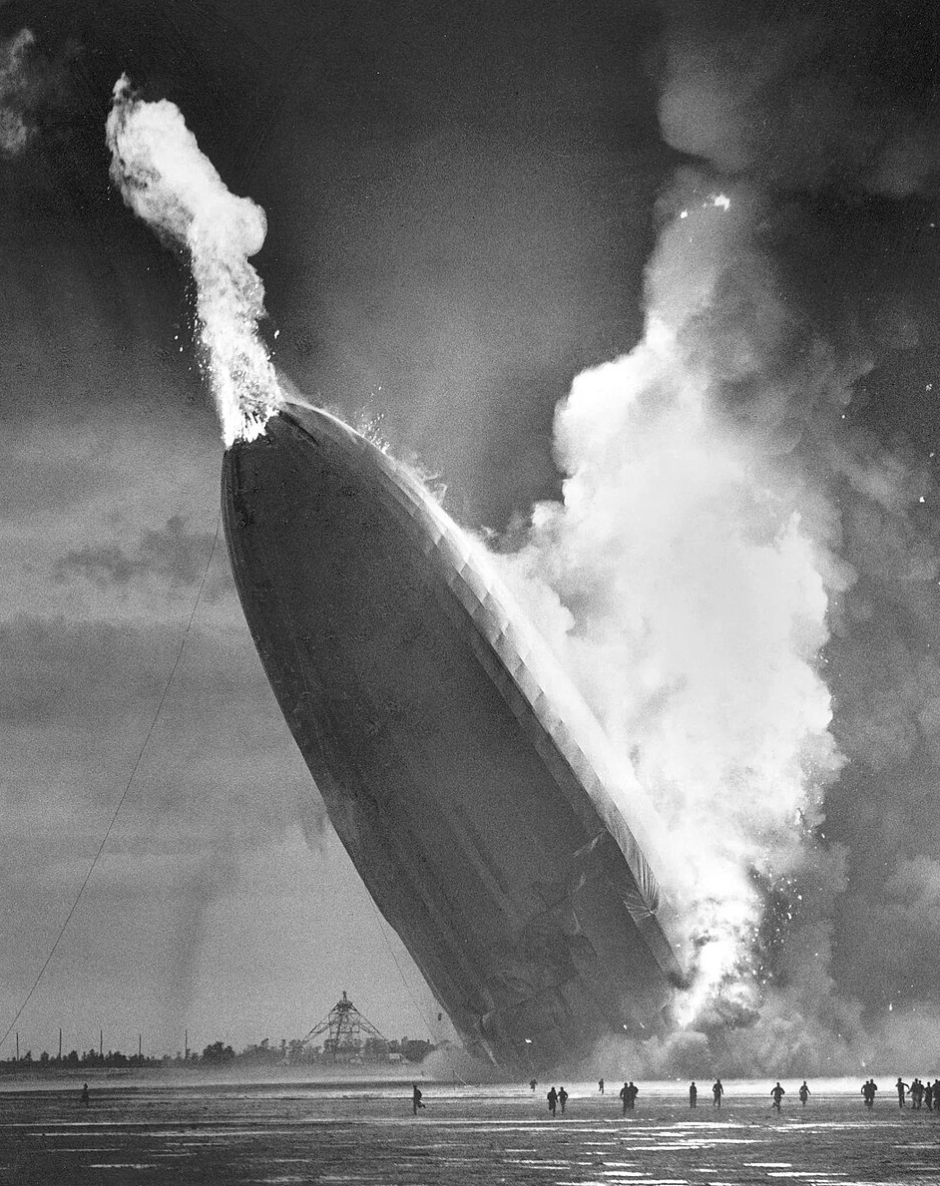
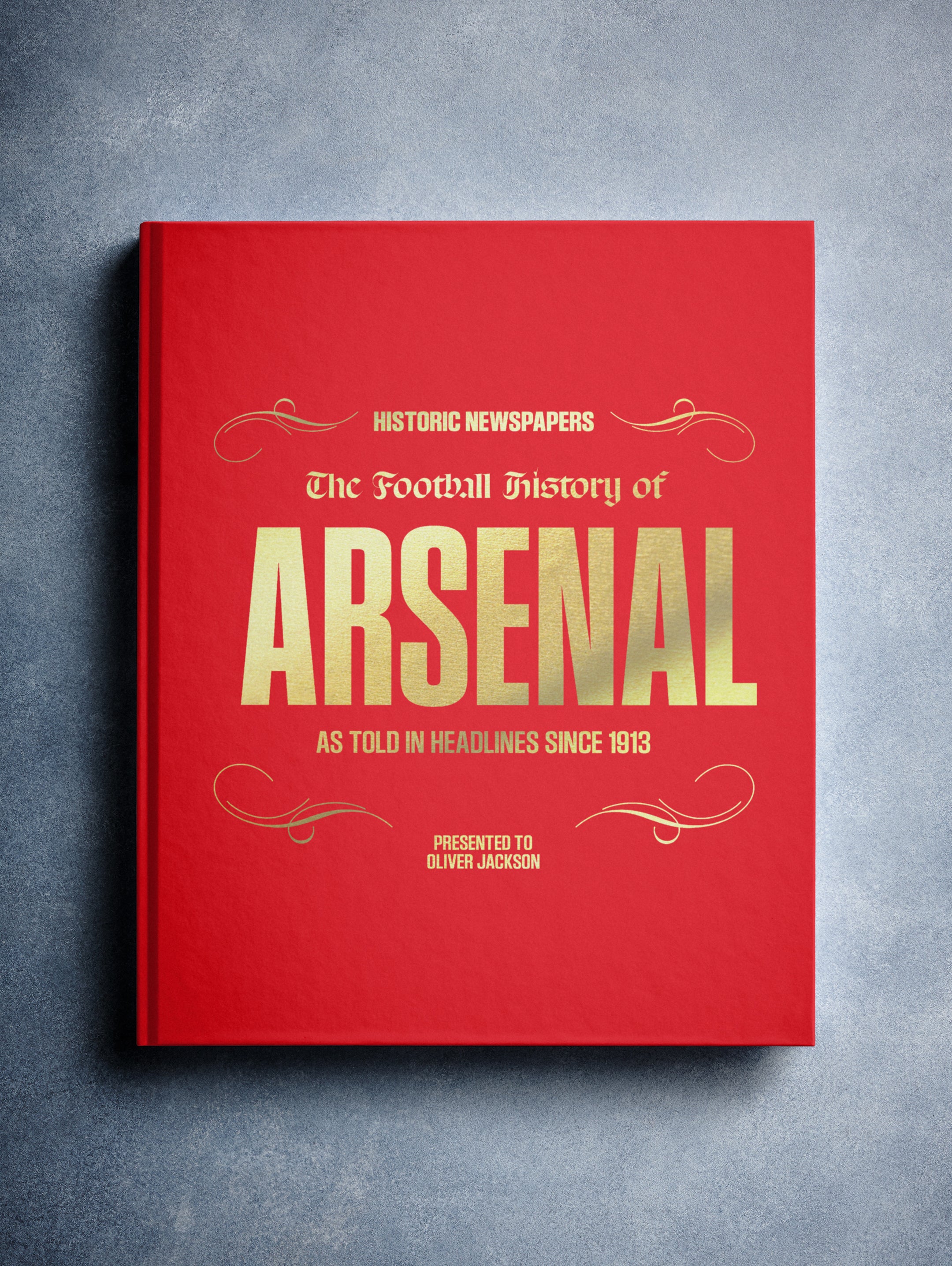

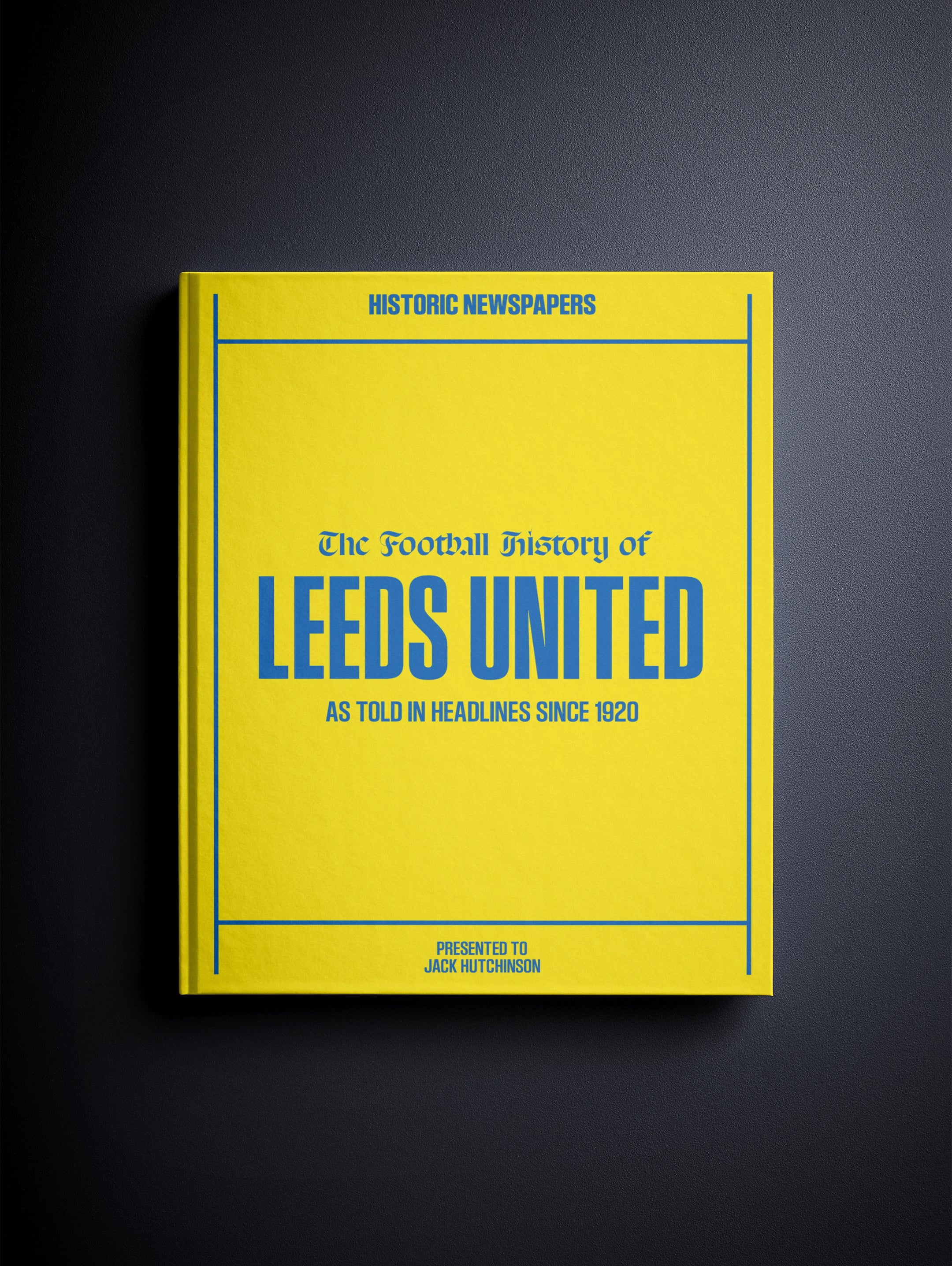

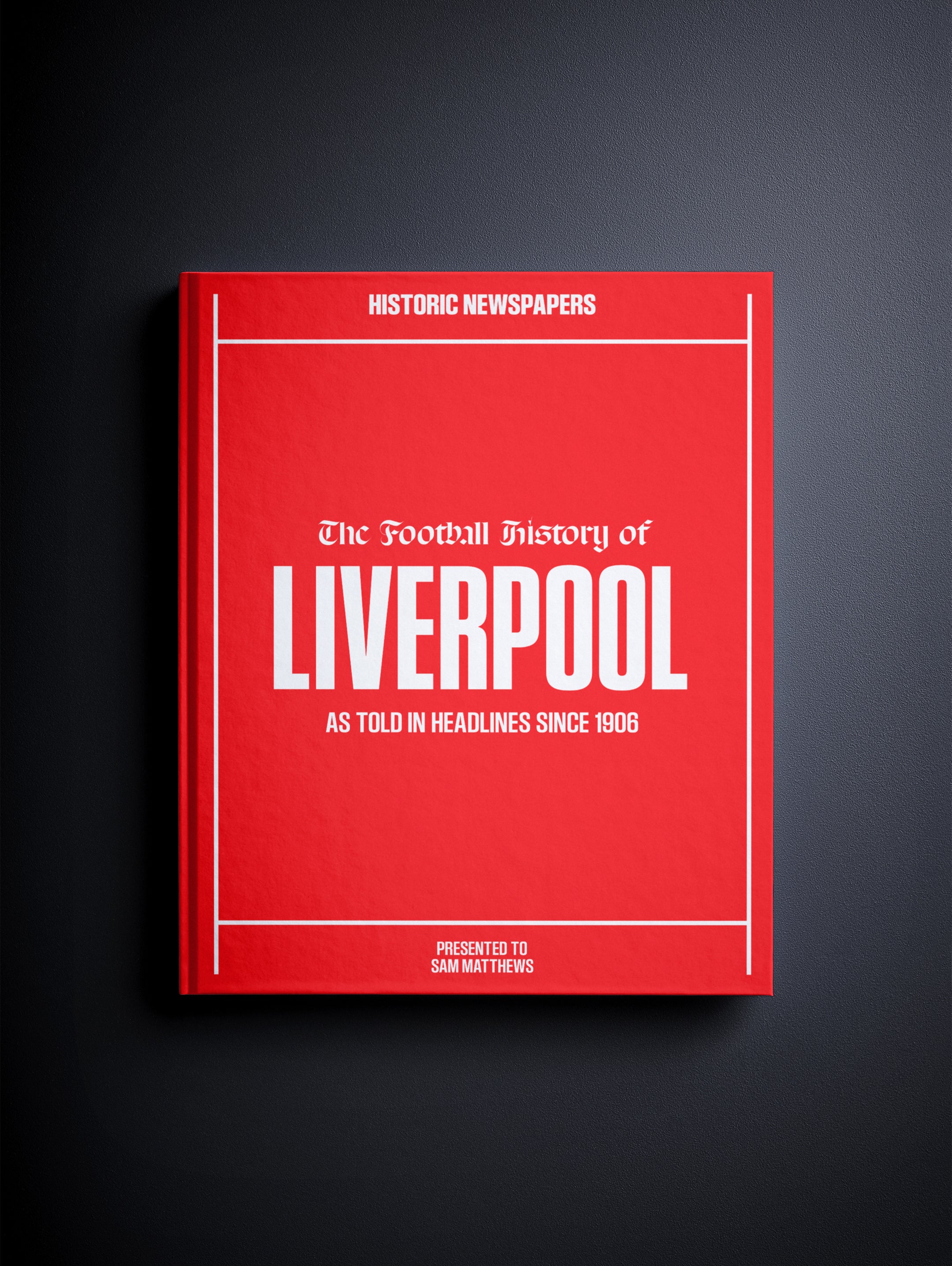

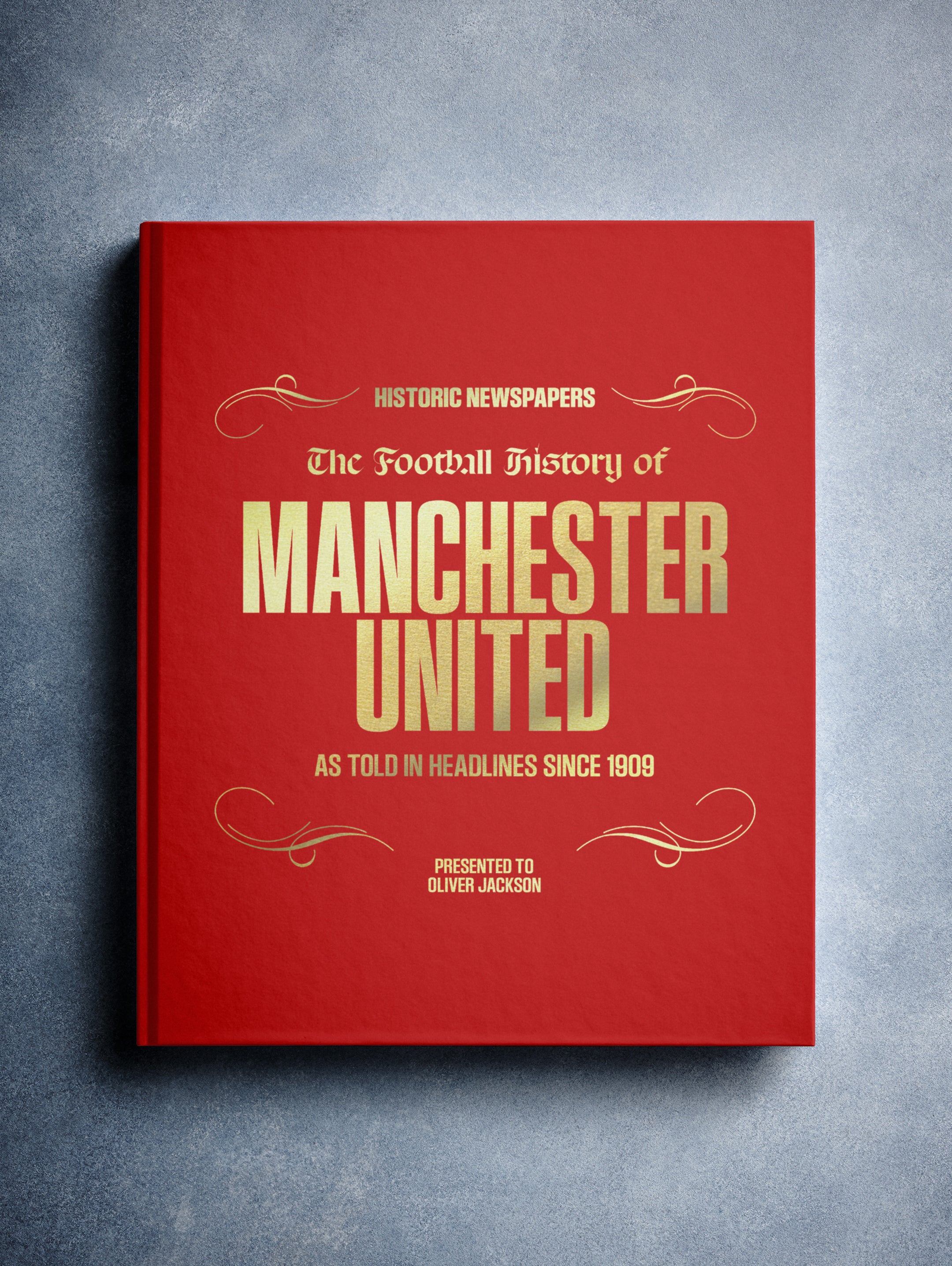


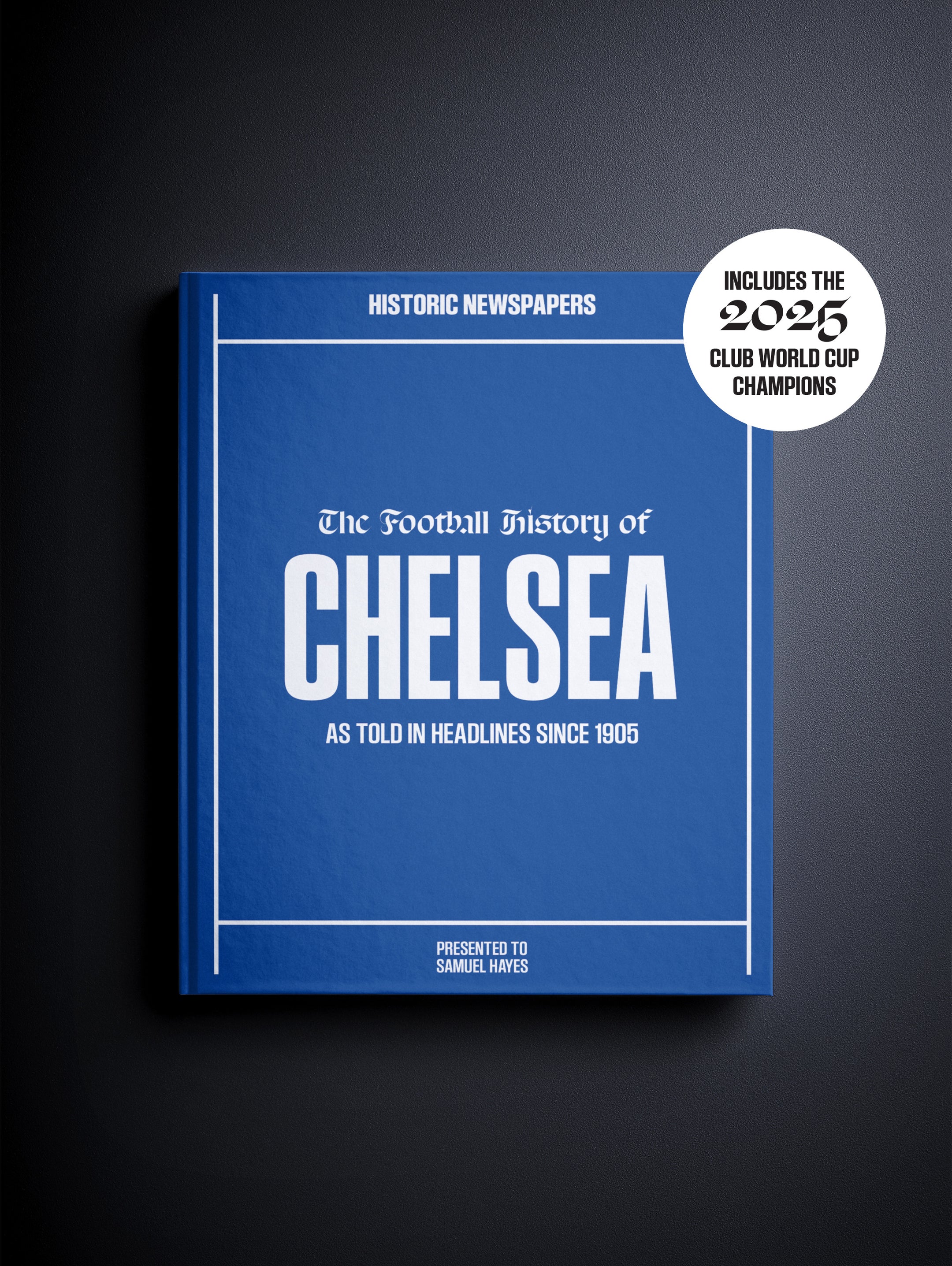


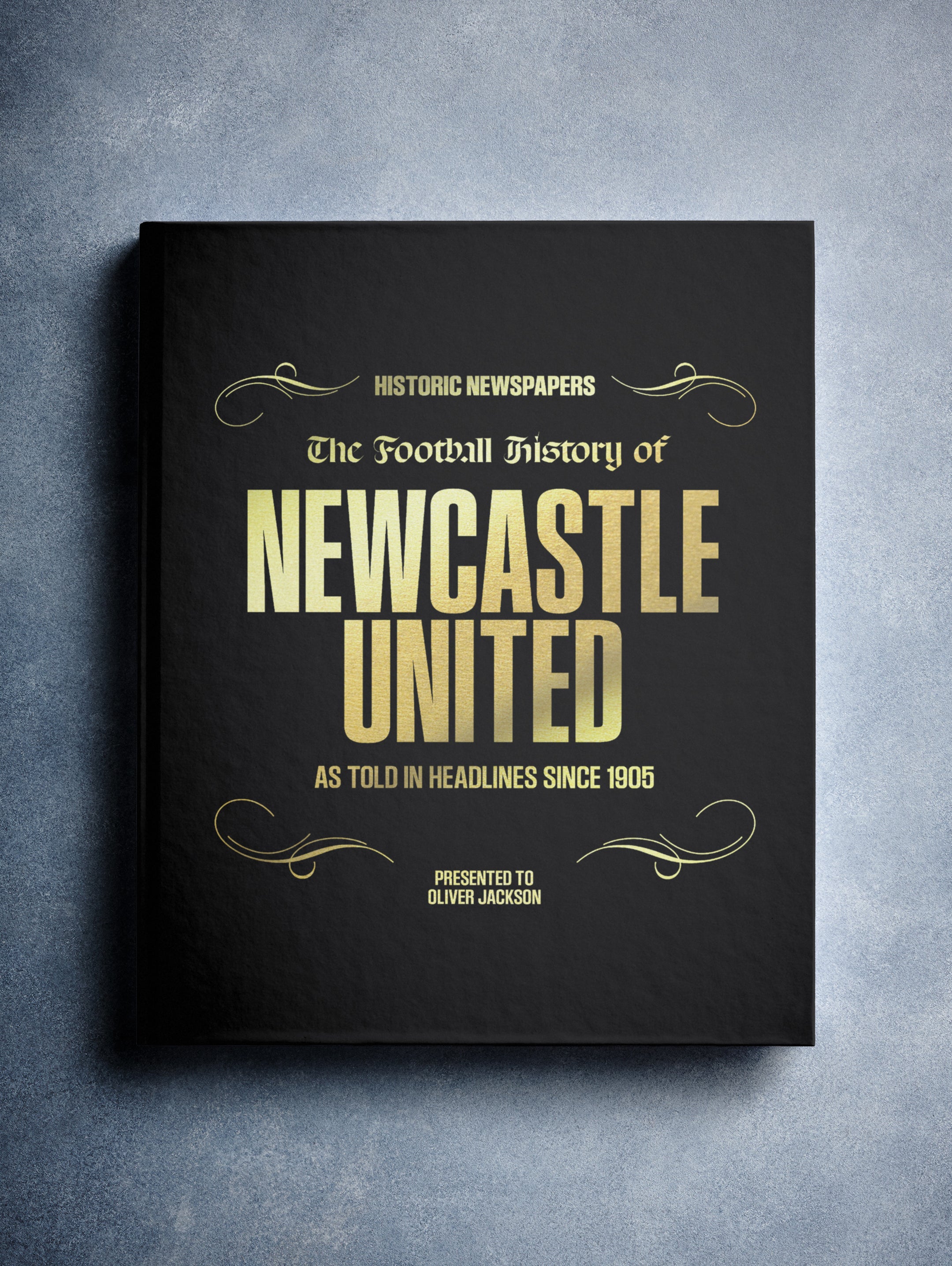



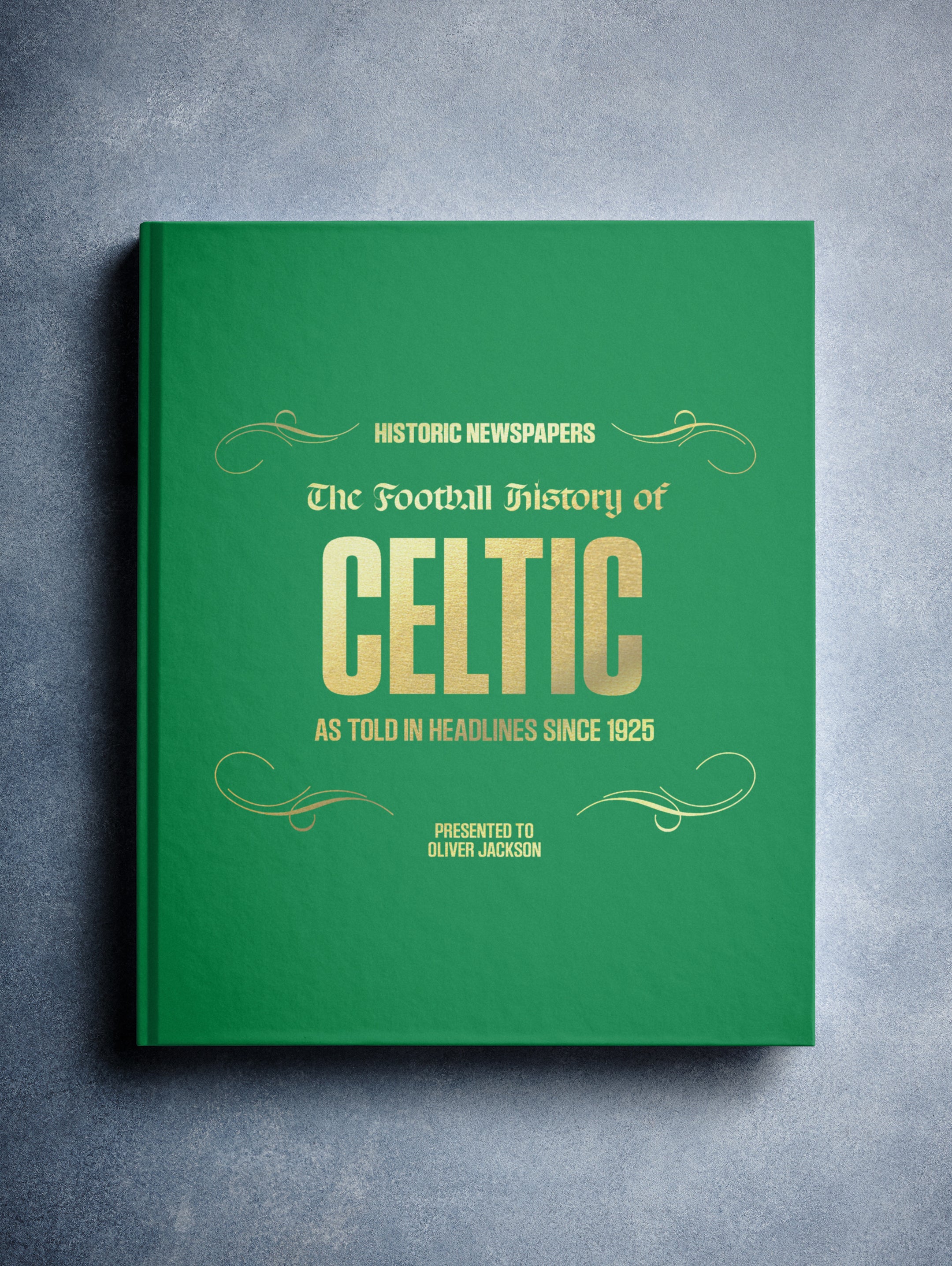



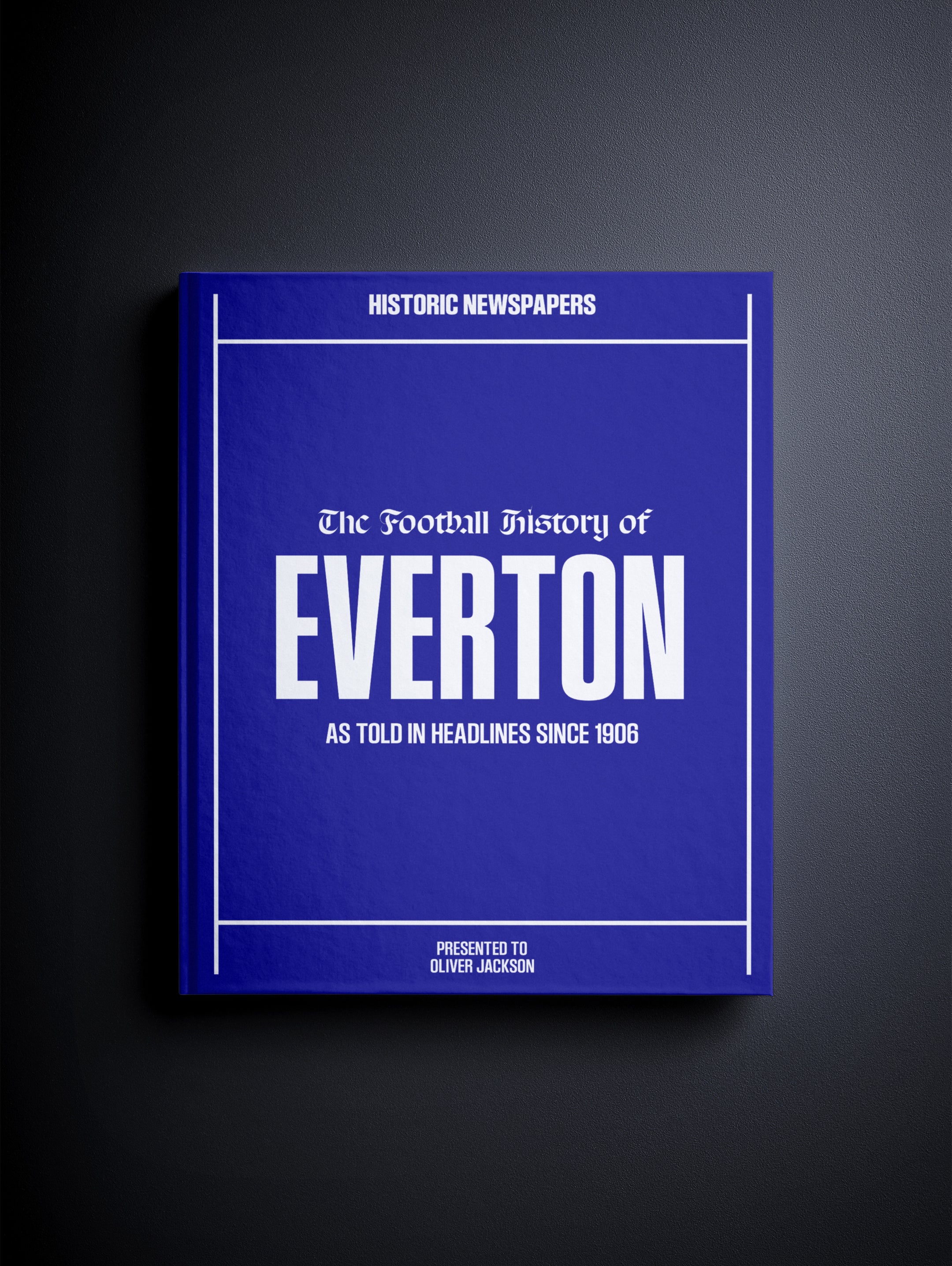

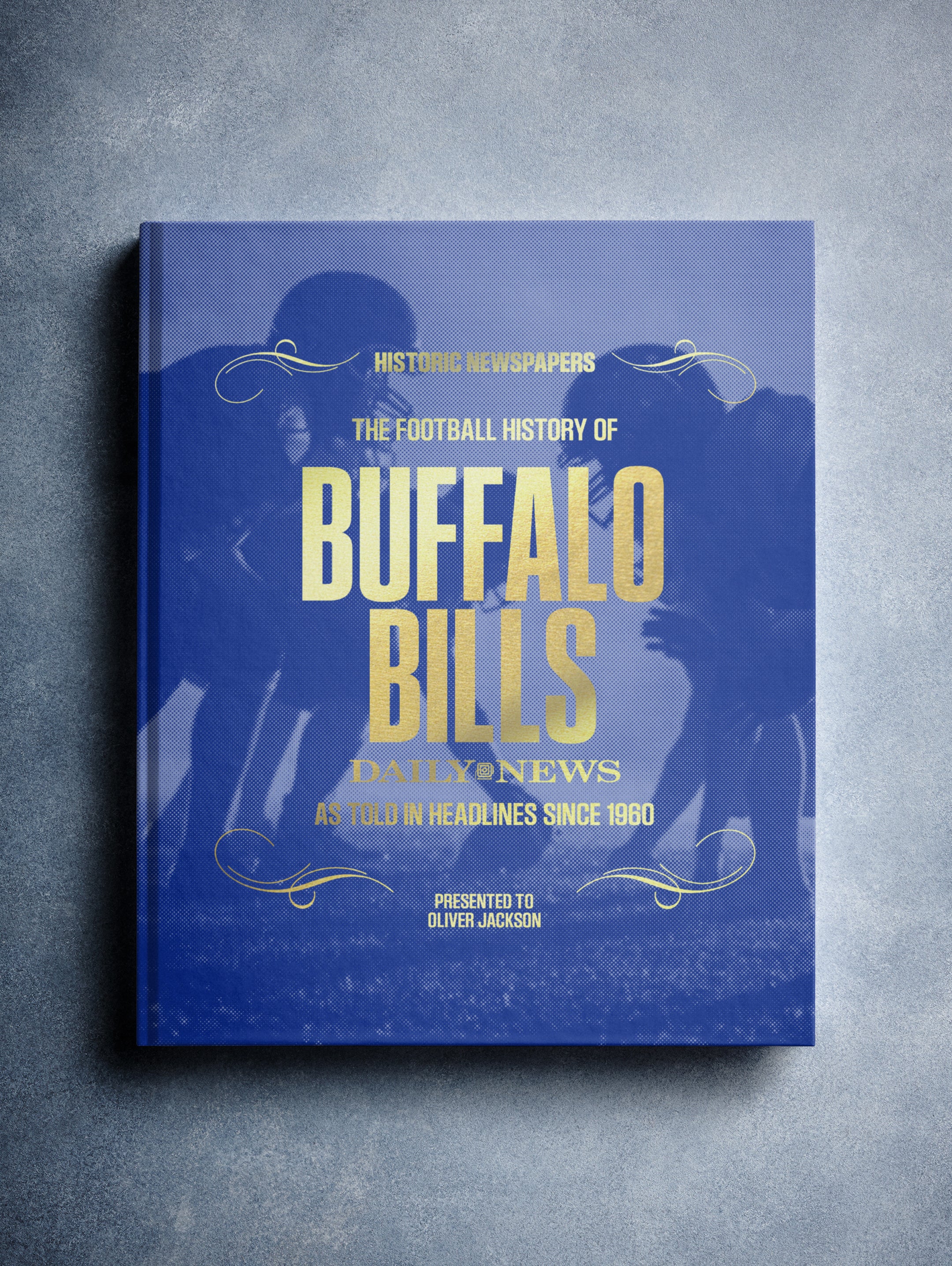


Follow us